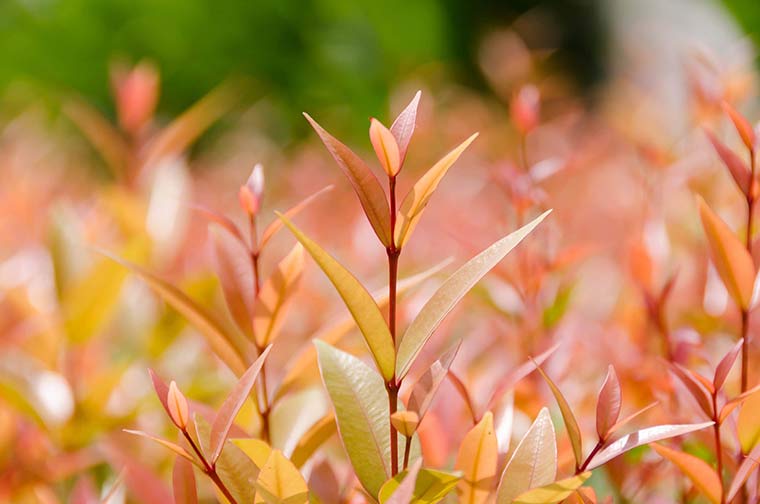Landscaping Plants
Home / Landscaping Plants
WE HAVE YOUR LANDSCAPING PLANTS !
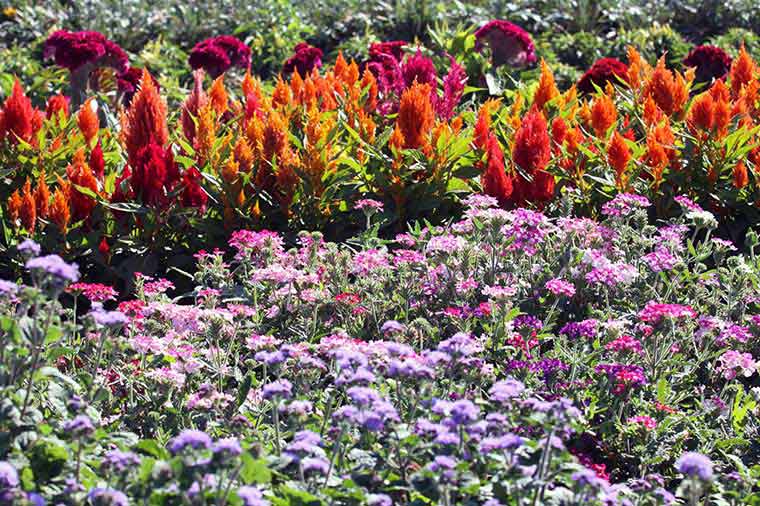
ANNUALS
As their name suggest, annuals are plants that complete their life cycle in only one season. Typically used to add seasonal color to flowerbeds and planters, these prolific bloomers die back after flowering. Removing spent blooms will stimulate annuals to produce more showy flowers. Common annuals are marigold, vinca, begonia, coleus, zinnia, impatiens, petunia, nasturtium and pentas. Climate Zone plays a big role in determining an annual plant's lifecycle — some varieties of daisies, geranium, lantana, Mandeville, pansies and verbena are perennials in warm climates.
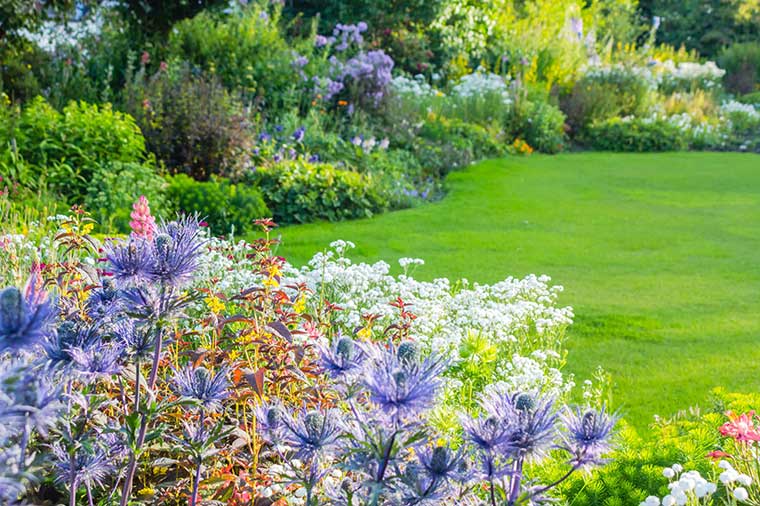
BIENNIALS
Much less common than annuals and perennials, biennials live for two years, producing foliage the first year and flowers the next. Flowering biennials include hollyhocks, foxglove, dianthus and Canterbury bells. Most biennials are vegetables — beets, Brussels sprouts, cabbage, carrots, cauliflower, celery, chard, collards, endive, kale, kohlrabi, leeks, onions, parsley, parsnip and rutabaga, that produce food the first year but don't complete their growing cycle and drop seed till the second.
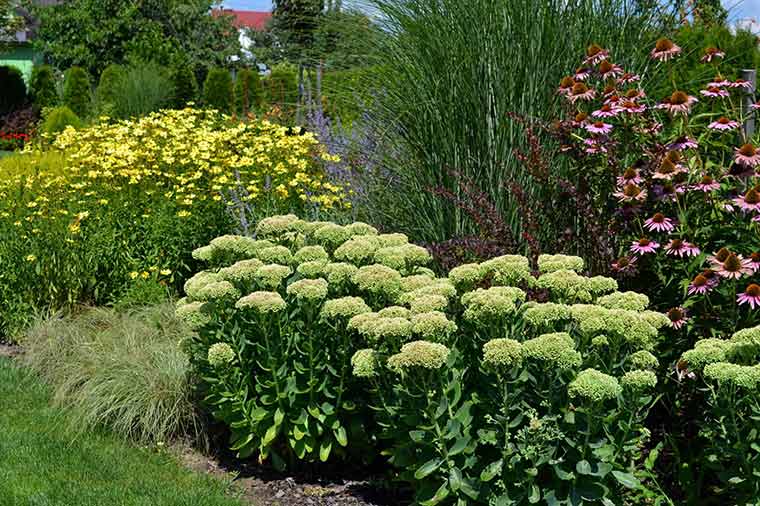
PERENNIALS
A plant that lives for more than two years, perennials are the backbone of any landscape with colorful annuals providing variety. Depending on your climate, some perennials may keep their leaves through the winter but most drop them and die back to the ground to return in the spring. Popular perennials include: clematis, some types of daisies, hardy ferns, hellebore, hibiscus, hostas, lavender, some ornamental grasses, peonies, periwinkle, phlox, roses, salvia, sedum, violets and yarrow.
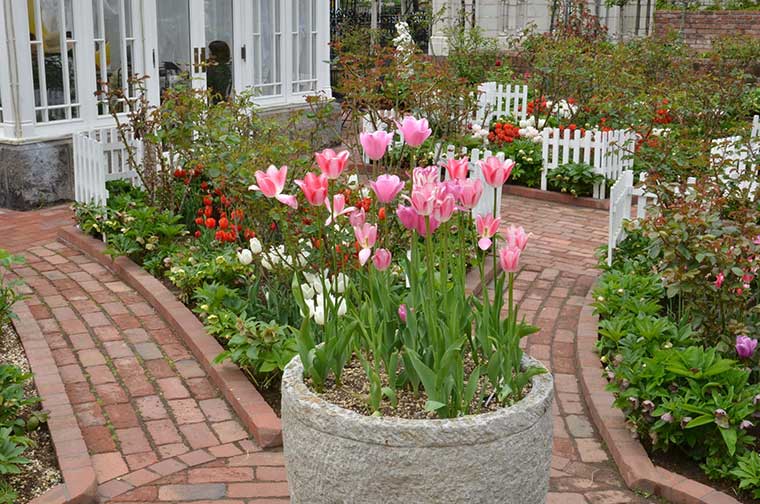
BULBS
It is one of the easiest plants to grow, bulbs provide plenty of show-stopping color year after year for very little effort. Best of all, bulbs self-propagate meaning they multiply and spread to quickly fill a small bed with blooms. Tulips and daffodils are the most widely known bulbs leading many people to associate bulbs with spring but many varieties of lilies, including canna, Asiatic and Oriental, bloom during the heat of summer. A few other plant types are often mistaken for true bulbs because they grow the same way. For example, bearded iris is a rhizome, crocus and gladiolus are corms, and dahlias and elephant's ear are tubers.
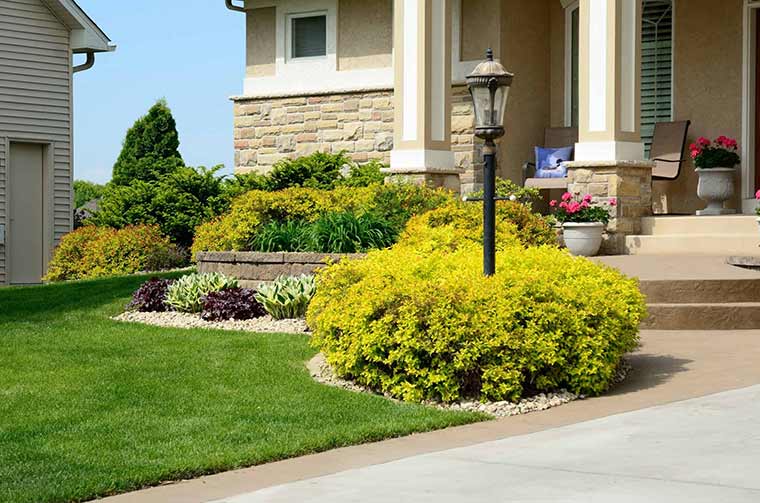
EVERGREENS
A plants that retain their leaves year-round, evergreens add a bright spot of color to a winter landscape. Conifers, like pine, spruce, cedar and fir are what typically come to mind when we think of evergreens, but magnolia, hollies and eucalyptus trees are also evergreens. Dependent on your planting zone, many blooming shrubs, like laurels, azaleas, rhododendrons, camellias and gardenias, retain their leaves year-round making them great foundation plants.
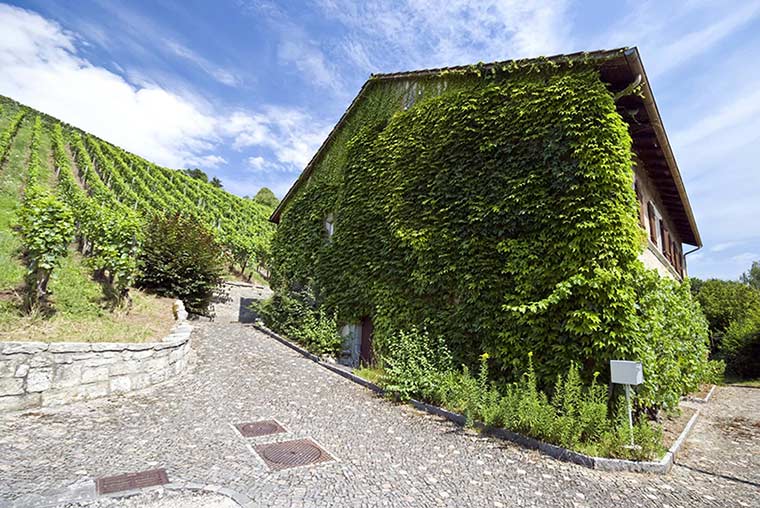
VINES
A climbing plants allow you to take your garden to new heights when planted alongside a trellis, arbor, wall or fence. Although a few vines, like morning glory and nasturtium, are annuals, most are perennials, coming back year after year to completely cover their supporting structure with blooms, fruit or leaves. Thanks to the variety of colors available, clematis is a popular climber. Other good choices are bougainvillea, blackberry, gloriosa lily, honeysuckle, jasmine, Mandeville, trumpet vine and native wisteria.

GROUNDCOVERS
If your yard includes a steep bank or bare patches under trees where grass refuses to grow, planting a hardy groundcover could be just the solution to your landscaping woes. These low growers creep along the ground quickly forming a dense mat that's resistant to weeds. With so many varieties to choose from, the key is matching the plant to its location, either sun or shade. For sunny areas, good choices are creeping phlox, gold moss sedum, ice plant, plumbago, creeping juniper and lemon thyme.

AQUATIC PLANTS
Do you have a pond or water garden aspart of your landscape, aquatic plants are worth considering not only for their beauty but also for the role they play in purifying and oxygenating the water while providing a shady habitat for resident fish, like koi. Although we're most familiar with water lilies, there are hundreds of aquatic plants — some float on the water's surface, like lotus and water hyacinth, while others are entirely submerged, rooted to the pond's bottom, or grow along the water's edge like cattails, reeds and rushes.

SHRUBS
Compact and dense, shrubs can be either evergreen, like boxwood, holly, barberry and azaleas or deciduous, like lilacs, viburnum, forsythia and spire. Their small stature makes shrubs the perfect choice for foundation planting around your home, but shrubs are also ideal for adding color to hedges and borders or anchoring garden beds. Most all shrubs will benefit from an occasional trim to help them keep their shape and promote new growth — but always wait until the shrub has finished flowering for the season.
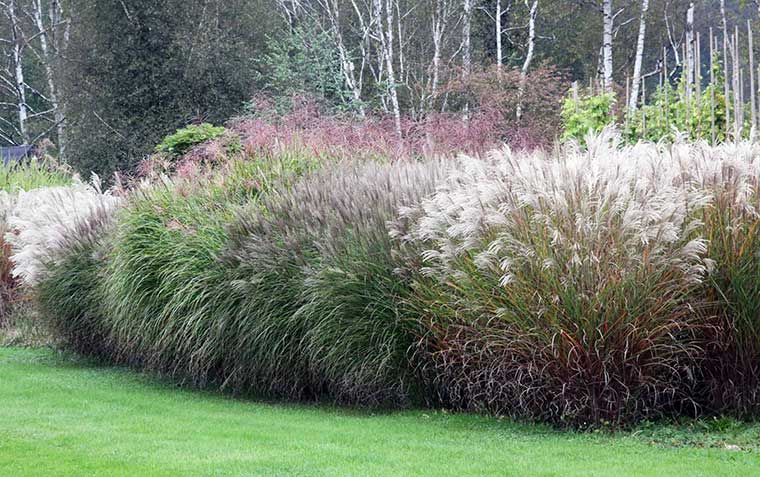
GRASSES, RUSHES AND SEDGES
Grasses, rushes and sedges as ornamental grasses, they belong to different plant families and have varying sun and moisture needs. The easiest way to differentiate them is the shape of the stems: grass stems are typically round or hollow while sedge stems are usually triangular and rush stems are generally round or flat. As for care, grasses (like pampas grass, shown here) prefer a full-sun location with well-drained soil while sedges are best suited to shady, damp locations and rushes like it dampest of all — they're typically found growing at water's edge.
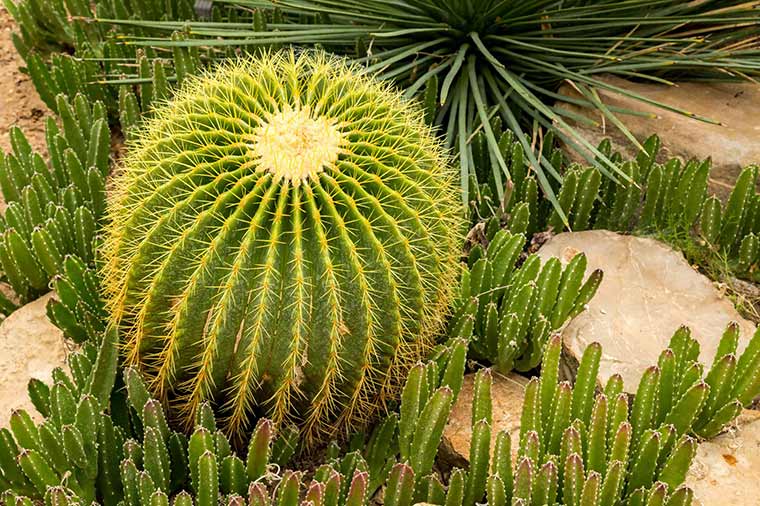
CACTI AND SUCCULENTS
Thanks to a sophisticated method for storing water in their roots, stems and leaves, succulents (which includes cacti) have managed to thrive in the most inhospitable environments. This toughness also makes them incredibly easy to maintain and ideal for desert landscapes. The increasing popularity of xeriscaping, or landscaping that reduces or eliminates the need for irrigation, has brought attention back to these water-saving plants — but their habitat needs (sandy, loose soil, infrequent rain and year-round warm temperatures) limit their use to mainly the Southwest.

TROPICAL
A warm year-round climate and abundant rainfall, it's no wonder that the tropics are home to some of the world's most stunning plants. It's also no wonder that those of us who live in less tropical climes want to incorporate these exotics into our landscapes — but often the harsh reality is that many tropical plants aren't hardy beyond USDA Zone 8. Container gardening is always a safe bet, you can overwinter the potted plant indoors then return it to your landscape once the last threat of freeze has passed.
Garrison’s Landscaping can help you with all your landscaping plants needs! Call Us Now!
Call Garrison’s Landscaping today at 336-552-7764 and chat with one of our friendly professionals. We’d love to meet with you!
Call Now for a Free Estimate!
We service Reidsville, Browns Summit, Summerfield, Oak Ridge, Greensboro, NC, and surrounding areas.


- Jim Williams / CFO- Tangler Outlets
- Melody Bivona / HomeOwner
- David Childs / CEO Spartan Wealth Management
- Matt Sadik / Homeowner
- David C. / Home Owner
- Cathy N. / Home Owner
- Amanda Arnold / Home Owner
- Bill Hagie / Property Owner
- Dr. David Merrell / Property Owner
- Mark & Greg / Property Owner
- Brad Poe / Property Owner
- Ron & Shannon Bradford / Property Owners
- Landon Kimery / Property Owner, Northern Head Baseball Coach
- Matthew B. Rose / Professional Services Contract



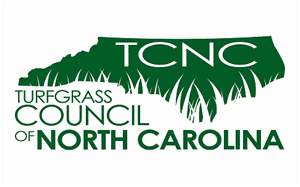
© 2025 Garrison Landscaping. All Rights Reserved. | Website Design & Development By MV3Marketing

